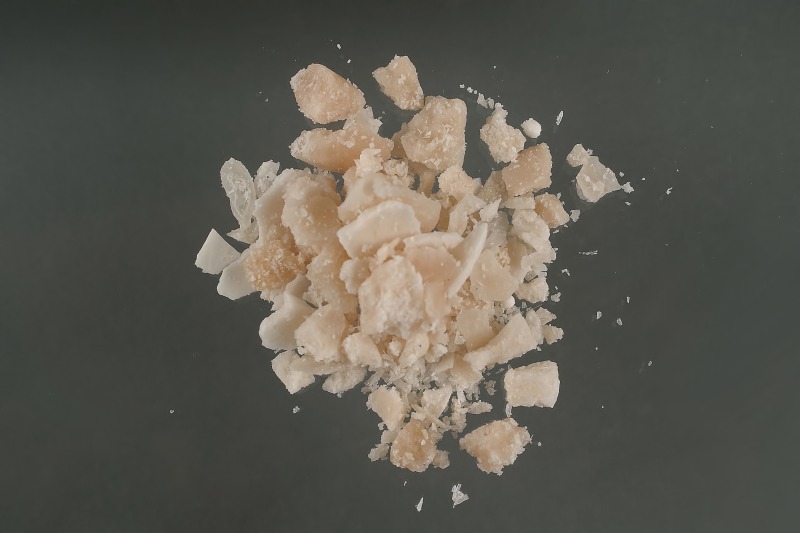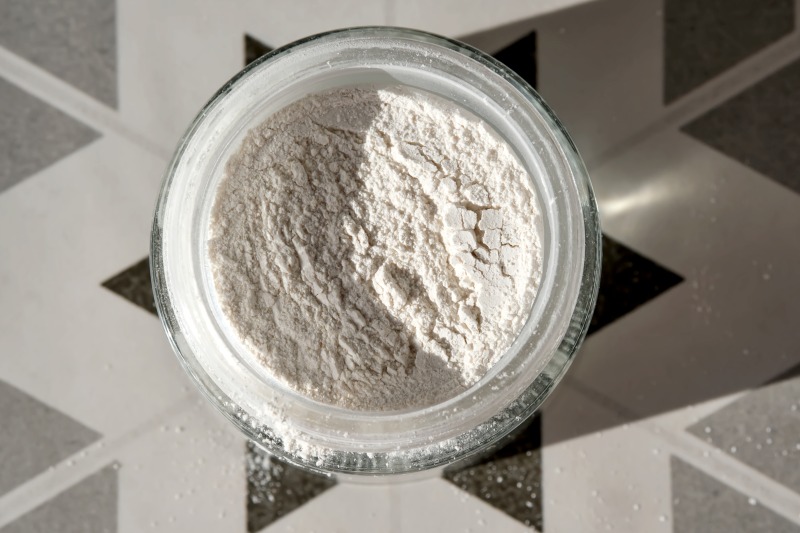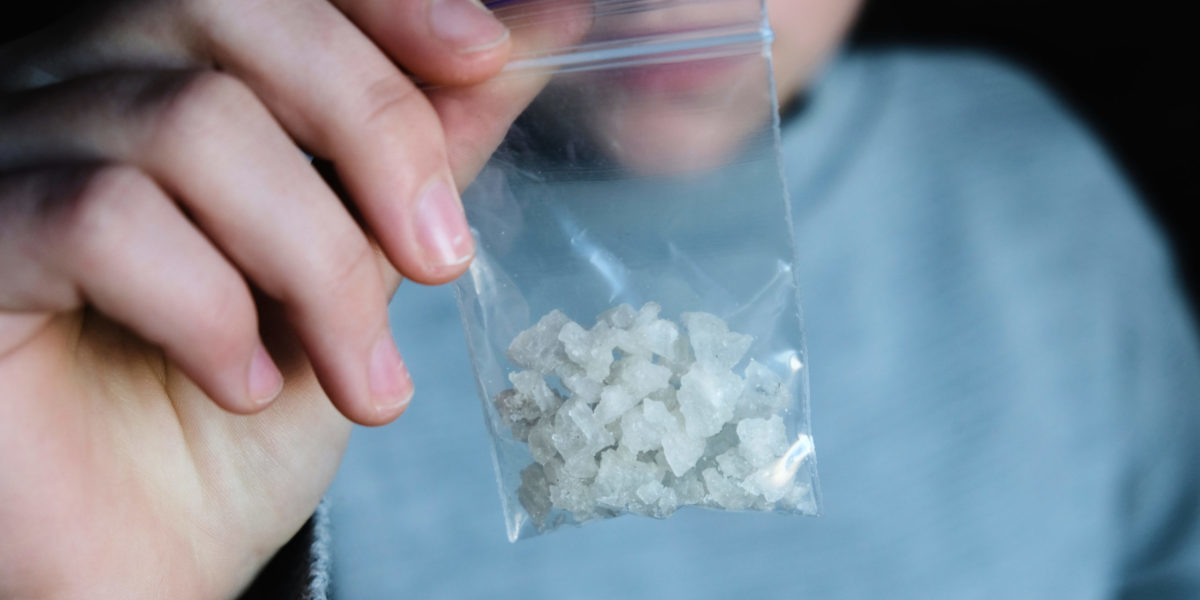Drug addiction remains one of the most significant problems affecting society today. Two of the most common substances involved in addiction are crack and cocaine. Both are stimulant drugs that affect the central nervous system and have a high potential for abuse and dependency. However, while they share some similarities, crack and cocaine are different drugs with different effects. Let’s dive in and explore the five key differences between crack and cocaine.
Understanding Crack and Cocaine
To understand the differences between crack and cocaine, we first need to look at what each drug is, how it is made, and what effects it has on the body.
What is Crack?
Crack is a highly addictive and potent form of cocaine. It is produced by mixing cocaine powder with water and baking soda, then heating it until it forms a solid rock-like substance. Crack is so named because it usually makes a cracking noise when heated.
Crack cocaine is often cheaper and more accessible than powder cocaine, making it a drug of choice for many individuals. However, the high is shorter-lived, leading to a cycle of repeated use to maintain the euphoric effects. The intense high can also lead to crack overdose and addiction and a range of physical and mental health problems.
Crack cocaine is typically smoked, which allows the drug to reach the brain more quickly and produce a more intense high. However, smoking crack can also lead to a range of negative health effects, including respiratory problems, heart attack, and stroke.
What is Cocaine?
Cocaine is a powdered stimulant derived from the leaves of the coca plant. The leaves are processed to extract the active ingredient, which is then purified and turned into a white powder. Cocaine is most commonly snorted, although it can also be smoked or injected.
Cocaine is a powerful stimulant that produces a euphoric high by increasing levels of dopamine in the brain. The high is less intense than that of crack cocaine but lasts longer, making it a drug of choice for many individuals. However, repeated use can lead to addiction and a range of physical and mental health problems. Learn “How long does cocaine stay in your system” in this article.
Cocaine use can lead to a range of negative health effects, including heart attack, stroke, respiratory problems, and seizures. The drug can also cause a range of mental health problems, including anxiety, paranoia, and depression.
In conclusion, while crack and cocaine are both derived from the coca plant and produce similar effects, they differ in terms of potency, duration of effects, and method of use. Both drugs can lead to addiction and a range of negative health effects, making it important to seek help if you or someone you know is struggling with substance abuse.

Differences in Chemical Composition
While both crack and cocaine are derived from the same coca plant and have similar effects, they differ in their chemical composition and method of preparation.
Cocaine is a powerful stimulant drug that affects the central nervous system. It is derived from the leaves of the coca plant, which is native to South America. The drug has been used for centuries in traditional medicine and religious ceremonies in the Andean region of South America.
Crack, on the other hand, is a form of cocaine that has been processed to make it more potent and addictive. It is made by mixing cocaine with baking soda or another alkaline substance and heating it until it forms a solid rock-like substance. This process removes impurities and creates a more concentrated form of the drug.
Base vs. Salt Forms
Cocaine is a salt that dissolves in water and is easily absorbed by the body. It can be snorted, injected, or rubbed into the gums. When ingested, it produces a quick and intense high that lasts for a short period of time. The effects of cocaine include increased energy, alertness, and euphoria.
Crack, on the other hand, is a base that does not dissolve in water and needs to be smoked to be absorbed. Smoking crack produces a more intense and longer-lasting high than other forms of cocaine. The effects of crack include increased heart rate, blood pressure, and body temperature, as well as feelings of euphoria, confidence, and invincibility.
The method of ingestion also affects the speed at which the drug takes effect. Cocaine that is snorted or rubbed into the gums takes longer to produce a high, while smoking crack produces a high within seconds.

Purity Levels
Cocaine is often cut with other substances, such as talcum powder, baking soda, or other drugs, to increase profits for dealers. This means that the purity of street cocaine varies widely, and the user never really knows what they are getting. In addition to the risk of ingesting harmful substances, users may also become addicted to the other drugs that are mixed with cocaine.
Crack, on the other hand, is almost always a highly concentrated form of cocaine, making it much more potent than other forms of cocaine. Because it is made in small batches, it is less likely to be cut with other substances. However, this also means that the user is more likely to become addicted to crack than other forms of cocaine.
In conclusion, while crack and cocaine are similar in many ways, they differ in their chemical composition and method of preparation. The effects of the drugs also vary depending on how they are ingested. While both drugs can be dangerous and addictive, crack is generally considered to be more addictive and more harmful than other forms of cocaine.
Methods of Consumption
Another significant difference between crack and cocaine is how they are consumed.
Smoking Crack
Crack is typically smoked in a pipe, where it is quickly absorbed into the bloodstream, producing an intense high that lasts for a few minutes. Smoking crack is highly addictive, and users often find themselves chasing the initial high, leading to a cycle of addiction and dependency.
Snorting or Injecting Cocaine
Cocaine is most commonly snorted, although it can also be injected or smoked. When snorted, it takes longer to produce an effect, but the high lasts longer than with crack. Injecting cocaine produces an almost immediate high, but it is a more dangerous method of consumption and can lead to complications such as infections or collapsed veins.
Onset and Duration of Effects
Crack and cocaine differ in the onset and duration of their effects, which can affect the user’s experience and behavior.
Rapid Intensity of Crack
Crack produces an intense high that peaks quickly and lasts only a few minutes, leading to a strong desire for more. This rapid intensity can lead to erratic behavior and increases the risk of overdose.
Gradual Buildup of Cocaine
In contrast, cocaine produces a more gradual buildup of effects that last longer, from 30 minutes to an hour, depending on the method of consumption and the purity of the drug. While the user may experience a similar euphoria to crack, they are less likely to experience the intense cravings and addiction associated with crack use.
Addiction and Dependency
Both crack and cocaine are highly addictive and can lead to dependency with prolonged use. However, crack use is generally considered more dangerous and addictive than cocaine use.
Crack’s Highly Addictive Nature
Crack produces an intense and immediate high that leads to a strong desire for repeated use. Users can quickly become addicted and find themselves in a cycle of intense cravings and withdrawal symptoms when they try to quit. The physical and psychological effects of crack use can have long-term consequences, including damage to the heart, lungs, and brain.
Cocaine’s Potential for Abuse
Cocaine is also highly addictive and can have serious health consequences, but it is generally considered less addictive than crack. However, prolonged use of cocaine can lead to physical and psychological dependency, leading to a cycle of addiction and withdrawal symptoms.
Help for Crack and Cocaine Use is Within Reach in South Florida
Substance abuse treatment is within reach for yourself or a loved one who may be using crack or cocaine. For substance abuse treatment resources, call the SAMHSA National Helpline at (800) 662-4357.
While crack and cocaine are similar substances, they have significant differences in their chemical composition, method of preparation, and effects on the body. Understanding these differences can help individuals make informed decisions about drug use and seek appropriate treatment.
At Compassion Behavioral Health, our team provides substance abuse treatment, including crack and cocaine addiction treatment, to individuals throughout the United States from our beautiful South Florida center. To learn more, reach out to us directly at (844) 503-0126.



